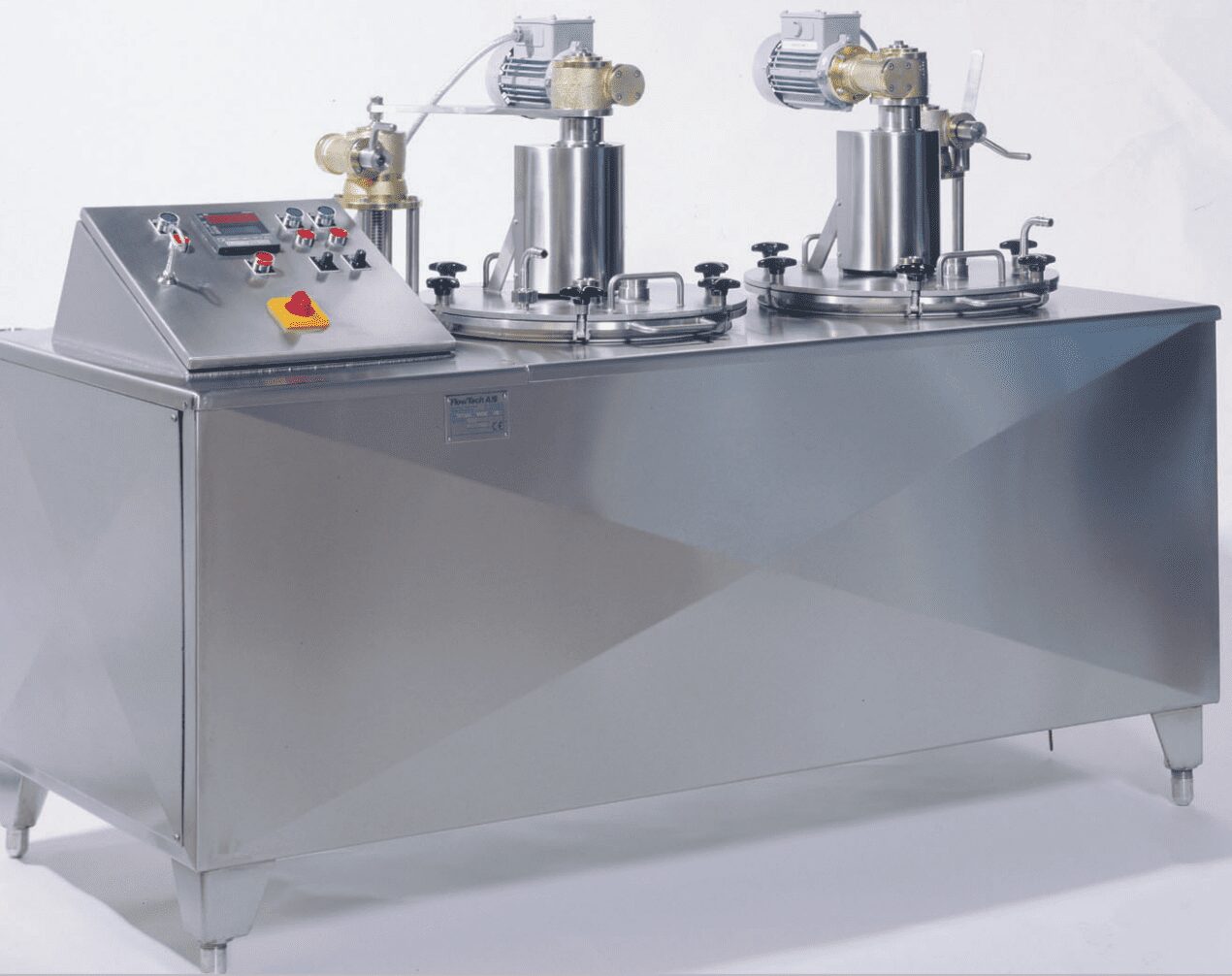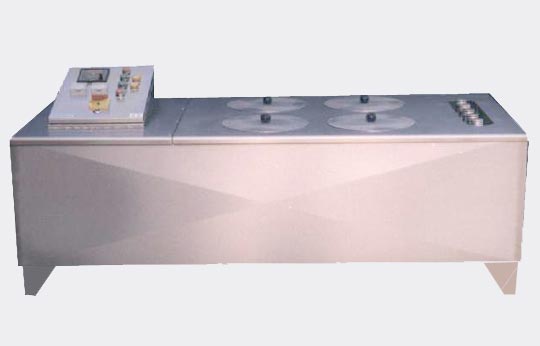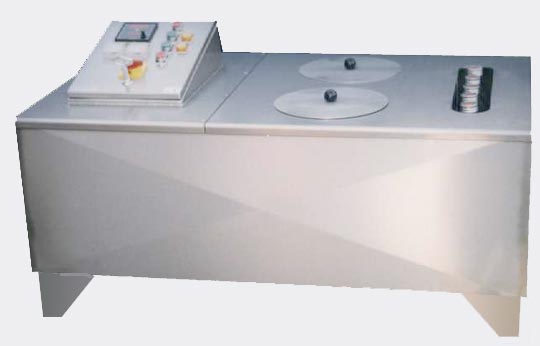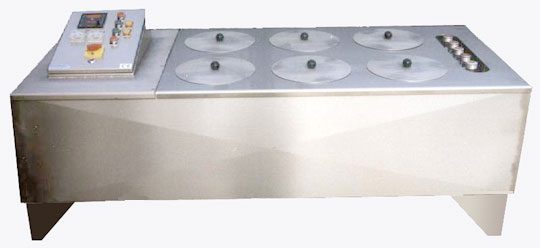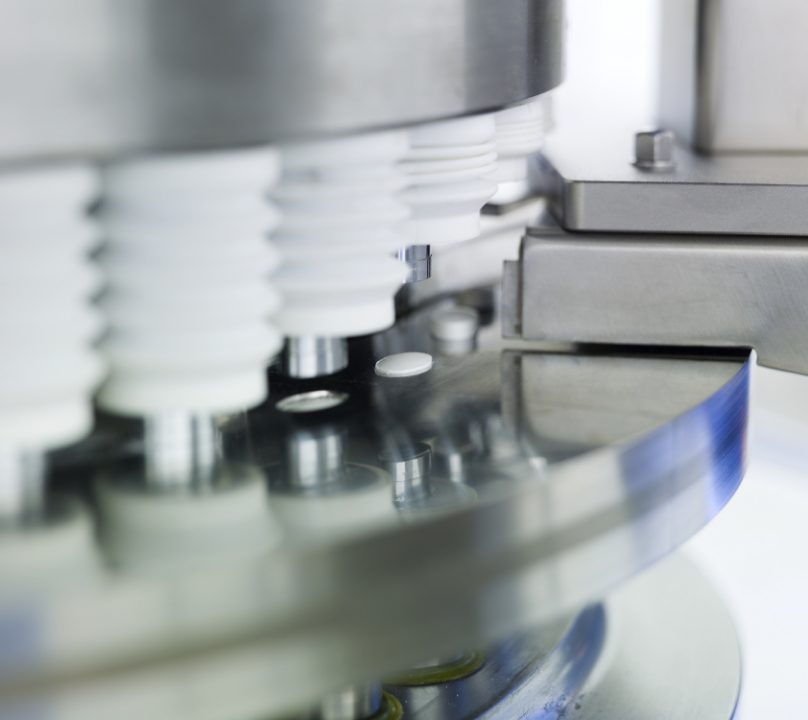Since 1995
In its current form, the Viscubator has been on the market since 1995, and is used with great success by dairies and laboratories all over the world.
The Viscubator consists as standard of 2, 3, 4, 6 or 9 culture vessels, each with a volume of 5, 10 or 20 litres and holders for 5 culture bottles. It is thermally insulated and the design meets all the conditions required for the propagation of lactic acid cultures in dairies and laboratories.
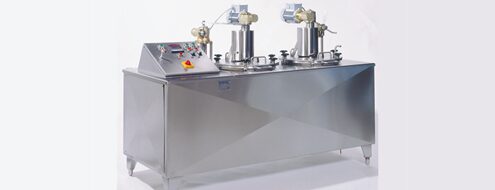
Viscubator’s standard models
Model 4/5-4
Contains 4 culture containers each with a volume of 4 litres and 5 culture bottles.
Model 4/5-7
Contains 4 culture containers each with a volume of 7 litres and 5 culture bottles.
Model 4/5-10
Contains 4 culture containers each with a volume of 10 litres and 5 culture bottles.
Viscubator’s standard models
Model 6/5-4
Contains 6 culture containers each with a volume of 4 litres and 5 culture bottles.
Model 6/5-7
Contains 6 culture containers each with a volume of 7 litres and 5 culture bottles.
Model 6/5-10
Contains 6 culture containers each with a volume of 10 litres and 5 culture bottles.
Propagation of cultures
Propagation of lactic acid cultures occurs through the following 5 stages:
- Milk is added to the Viscubator containers and then heated to pasteurisation temperature, which is typically around 90°C and held at this temperature for 15-30 minutes
- After pasteurisation, the milk is cooled to inoculation temperature between 18°C and 45°C, depending on the bacterial composition to be used. Normal inoculation temperature for cheese cultures: 18-19°C, for butter cultures: 20-22°C and for yoghurt cultures: 42-45°C
- Inoculation involves adding a specific amount and type of bacterial culture to the mixture. Stir the mixture to distribute the bacteria throughout the milk.
- Once inoculation has taken place, the bacteria begin to multiply. The incubation period depends on the type of bacteria in the culture and lasts between 3 and 20 hours. When the mixture has started to thicken, after about 18 hours, stir again.
- Cooling the culture. Once the culture has reached the correct pH, it is cooled to around 10-12°C to prevent the bacteria from multiplying further
